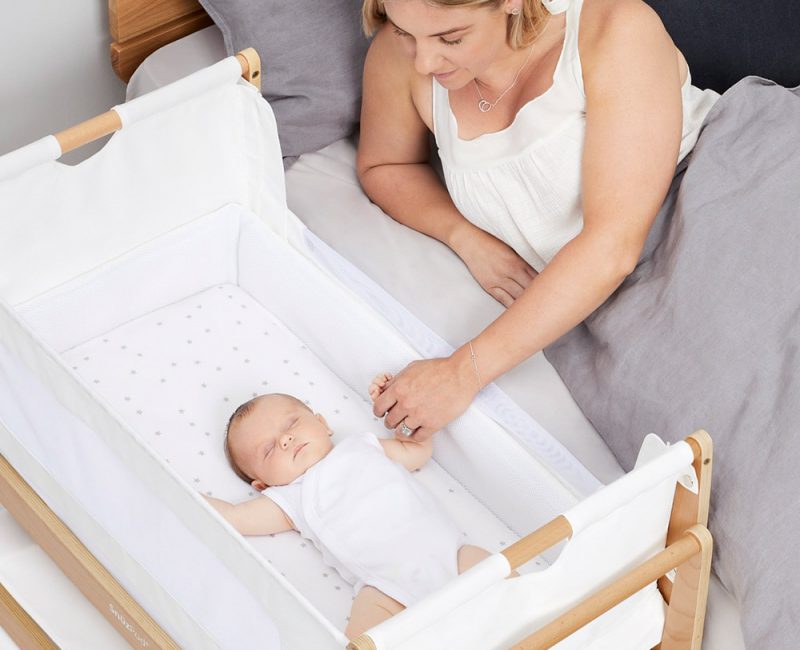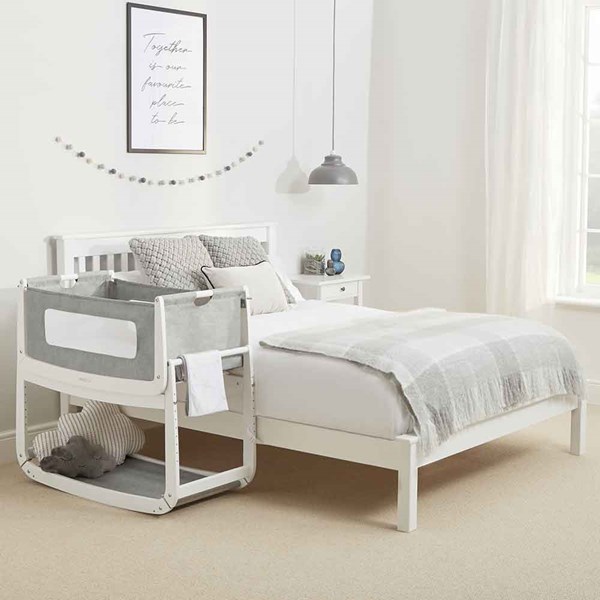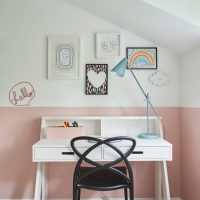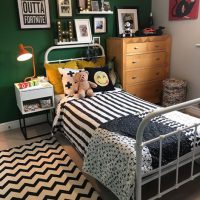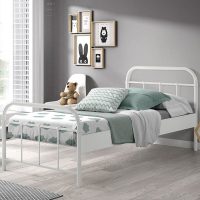How Safe is Co-Sleeping?
There is nothing quite like being tucked up in bed with the kids. Something about the extra snuggles with our babies (no matter how old they are, they’re always our babies) is a highlight of our parenting journey. Personally, I love a good Sunday morning snuggle when the working week is done and activities are at a minimum. Coupled with a rainy day and those lovely morning cuddles are even better than a good cup of coffee and a pain au chocolat.
For many, sharing a bed starts early. The bond created by co-sleeping is often seen as a powerful one. However, there may be risks associated with co-sleeping. I have created this blog post to help answer some vital and at times quite difficult questions about co-sleeping.
What is Co-Sleeping
Co-sleeping is the practice of sharing a sleep space with a baby or young child. According to Wikipedia, the definition of co-sleeping can extend to either one or both parents. Co-sleeping has been practiced for thousands of years throughout many different cultures. However, there has been extensive evidence that suggests co-sleeping can be dangerous for very young babies. This has given way to a wave of co-sleeping cots that aim to reduce this risk. Cots like the Snuzpod are a great example of this. The Snuzpod affixes to a parental bed but remains a separate area for the baby to sleep in.
Co-Sleeping information
Basis – an infant sleep information website, devised by professor Helen Ball, her team at Durham University Parent-Infant Sleep Lab as well as Le Leche League, NCT and UNICEF UK Baby Friendly Initiative explains,
“The biggest UK SIDS study (the CESDI study) which collected data between 1993 and 1996 found no increased SIDS risk with bed-sharing for non-smokers, or for babies aged more than 14 weeks.”
La Leche League UK – an informational website and support provider for breastfeeding goes on to say –
“Co-sleeping implies a baby sleeping close to his parents but not necessarily in the same bed, eg in a bedside cot, or a sidecar cot attached to the bed. Some studies combine sofa sleeping with bedsharing, making it more difficult to separate the risk factors for each scenario.”
Unicef UK The Baby Friendly Initiative, has published extensive research on supporting parents and their choices when it comes to Co-sleeping. All information can be found here.
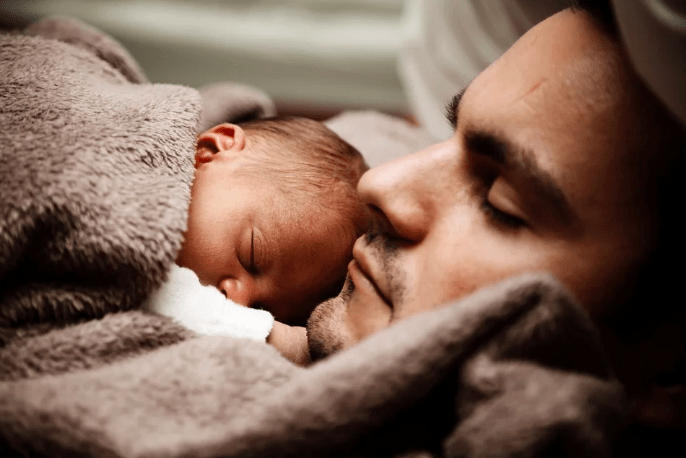
The Risks Associated with Co-Sleeping
There are of course risks associated with co-sleeping and these risks must be taken into consideration when making an informed decision on bed-sharing. The biggest risk associated with co-sleeping is SID’s (Sudden Infant Death Syndrome). SID’s is characterised as the sudden death of an infant without explanation. The most common risks of co-sleeping and associated with SID’s risk is overheating and suffocation. It is therefore recommended to avoid co-sleep if the following conditions are present:
- If either parent is a smoker
- If either parent has consumed alcohol or drugs (both recreational or medically prescribed which cause drowsiness)
- If you feel extremely tired
- You baby was born with a low birth weight
- If the co-sleeping space is a sofa, chair or other restrictive pieces of furniture
- If you are bedsharing with more than one child at once
All the above points and more are explored further by The Lullaby Trust, a charity that works with the Department of Health and other health care professionals to reduce the number of sudden infant deaths.
Safety Considerations for Co-Sleeping
To reduce the risk of Co-Sleeping you may consider a co-sleeping cot. These are typically cots that affix to a bed but provide a safe space for baby to sleep. The beauty of a co-sleeping cot is that it allows for all the benefits of co-sleeping whilst removing some of the risks. Night-time feeds are a little easier as baby is in reach. Little ones will settle easier when close to mum too.
Co-Sleeping Space Safety
If you have talked to your health care professional and feel that co-sleeping is right for you, you can take steps to ensure your bed is as safe as possible for bed sharing. This includes checking your mattress is firm, yet breathable and does not retain heat. You should check that no gaps are present within the bed, for example around the headboard. All loose cushions and pillows must be removed and the temperature of the room should be compatible with the current information provided by the NHS.
Peace of mind for Parents
Ultimately it is down to you the parent to choose whether co-sleeping is right for you and your baby. It’s worth taking the following into consideration:
- Bed-sharing should be avoided within the first three months of a baby’s life when the risk of SIDs is at its highest.
- If a baby was born prematurely or had a low birth weight, it’s best to avoid bed-sharing.
- If a baby suffers from any sort of breathing difficulties, avoid co-sleeping.
- It’s important to follow the correct advice when it comes to baby sleep positions. Even when co-sleeping, babies should be placed to sleep on their backs.
- Parents who smoke, drink or take any drug that can cause drowsiness should always avoid co-sleeping.
- If you are a light sleeper, tend to move around a lot at night or are prone to night terrors it is not recommended to co-sleep with a baby.
In any case, I would always recommend that you speak to a health care professional before you decide to co-sleep with your little one. I hope my advice has helped answer some of your questions around co-sleeping. For advice on nursery preparation, help with getting your little ones to sleep or anything else sleep-related, check out our sleep guides or get in contact today – +44 (0) 1305 231231 Mon-Fri 9-5pm or email nathalie@cuckooland.com or customerservice@cuckooland.com
